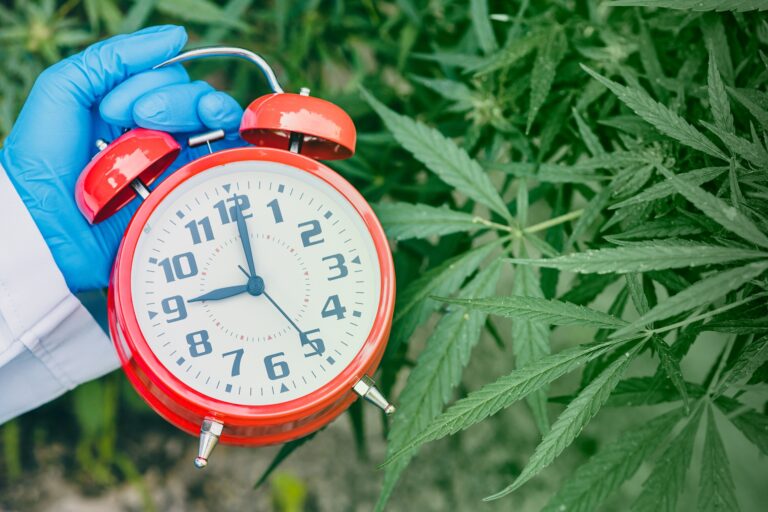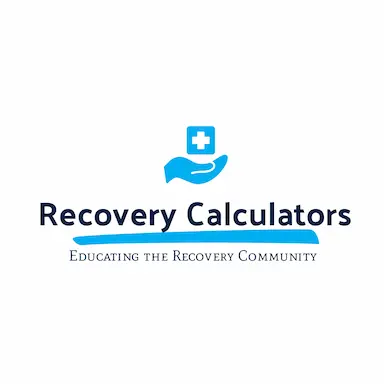When it comes to understanding the journey of recovery from drug addiction, appreciating how different substances interact with our bodies is fundamental. Every drug we ingest has a life cycle within our system—from absorption to metabolism and eventually excretion. The duration at which each drug remains detectable in the body can vary significantly, depending not only on the type of substance but also on individual physiological factors.
As we delve into this exploration, we aim to demystify the complex process of drug metabolism and its implications for those seeking recovery. Our clients must understand not just the immediate effects but also the long-term presence these substances can have in their bodies. This knowledge is not only pivotal for managing recovery effectively but also essential for planning appropriate detoxification strategies. Our discussions will encompass the various factors that influence these timelines and practical steps one can take to support their body’s natural detoxification processes. Understanding these dynamics thoroughly equips our clients with the insights necessary to navigate the challenging path of recovery with more confidence and clarity.
Understanding Drug Metabolism: How Drugs are Processed in the Body
When we talk about drug metabolism, we are referring to the biological process that occurs when drugs enter the body, undergoing chemical transformations primarily in the liver. These transformations are crucial as they make the drugs suitable for elimination from the body and, importantly, often dictate the effectiveness and toxicity of a drug. Essentially, the body modifies the drug into more water-soluble compounds that are easier to eliminate.
The process of drug metabolism is influenced by various factors, including age, genetics, health condition, and concurrent use of other medications, which can speed up or slow down this metabolic process. Understanding these mechanisms helps us manage the detoxification process more effectively, ensuring that we tailor recovery treatments that respect the unique physiological aspects of each individual person we support. This precise approach helps optimize detox procedures and significantly enhances safety and efficacy in treatment administration.
Factors Influencing the Duration of Drugs in Your System
The duration that drugs linger in your system varies greatly and is influenced by several factors. Initially, the specific characteristics of the drug itself, such as its half-life, play a critical role. Half-life refers to the time it takes for half of the drug dose to be eliminated from the bloodstream. For instance, substances with a shorter half-life disappear from the body more quickly than those with a longer half-life.
Moreover, personal health factors such as metabolic rate, age, weight, body fat, hydration levels, and overall liver health profoundly affect how long a drug stays in your system. Someone with a faster metabolism and good health will generally clear drugs from their system quicker than someone with poorer health or a slower metabolic rate. Furthermore, the frequency and quantity of drug use also significantly impact drug clearance rates. Habitual use can lead to accumulation in the system, thereby prolonging the detection window of the drug. Understanding these factors is essential for us as it allows us to create more accurate and personalized treatment plans for those undergoing detoxification and recovery processes.
Common Drugs and Their Detection Windows
Understanding the detection windows of common drugs is crucial to managing and treating substance misuse effectively. Each drug has a specific time frame during which it can be detected in the body, influenced by various factors such as dosage, frequency of use, and the individual’s metabolic rate. For example, substances like alcohol might only be detectable in blood and saliva for hours, while traces can remain in urine for up to 24 hours and hair for up to 90 days. On the other hand, drugs like fentanyl are detectable for a few hours in blood but can be found in urine for days and hair for much longer.
We often discuss substances such as marijuana, cocaine, methamphetamine, and opiates, each varying significantly in detection times. Understanding these windows is vital not just for legal and medical purposes but also for designing effective detox and rehabilitation programs. By knowing how long a drug stays in the system, we can better tailor our treatment and support strategies to ensure that they are as effective as possible.
Strategies for Supporting Drug Clearance and Detoxification
Detoxification is a critical step in the recovery process, serving as the foundation on which sobriety can be rebuilt. Our approach to supporting drug clearance involves a structured detox program aimed at safely reducing the body’s dependence on substances while managing withdrawal symptoms effectively. Strategies include hydration to help flush out toxins, a balanced diet rich in vitamins to restore nutritional deficits, and medications to ease withdrawal symptoms when appropriate.
In addition, we emphasize the importance of psychological support during detox. Counseling and therapy sessions are integral, helping individuals understand the emotional triggers of their addiction and developing coping strategies to resist future temptations. This holistic approach not only supports immediate detoxification but also lays the groundwork for long-term recovery strategies, ensuring that our clients can achieve and maintain sobriety.
Conclusion
It’s crucial to reaffirm that understanding the body’s processing of drugs and effectively supporting detoxification are foundational to successful recovery journeys. Our commitment is to provide this understanding and support through scientifically backed methods and personalized care plans.
At Recovery Calculators, we dedicate ourselves to offering resources, such as an alcohol withdrawal calculator, that empower individuals to navigate the complexities of detox and recovery from substance use. If you or someone you know is struggling with addiction, we’re here to help with tools and guidance grounded in the latest research and best practices in the field of addiction recovery. Contact us today to learn more about how we can assist you in taking the first steps toward a healthier, substance-free life.


